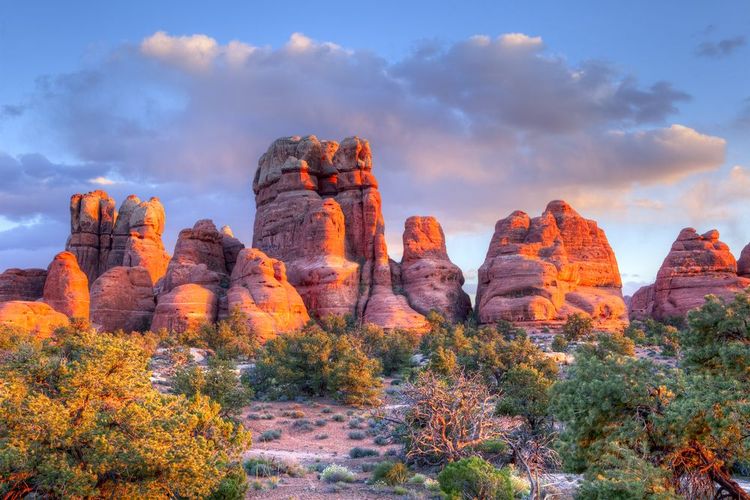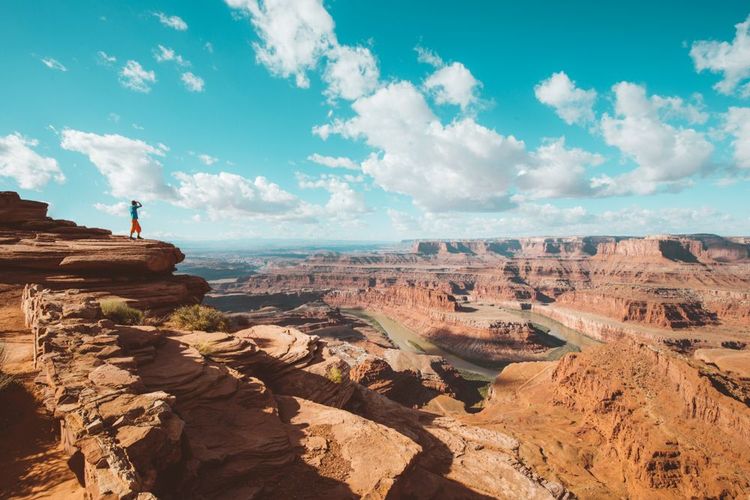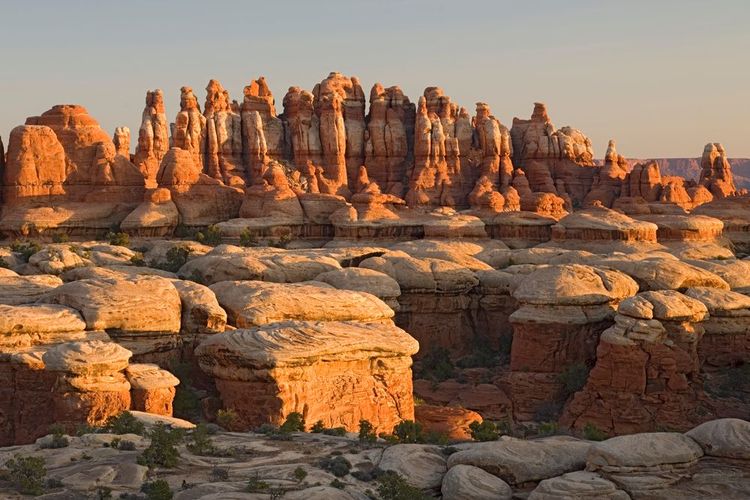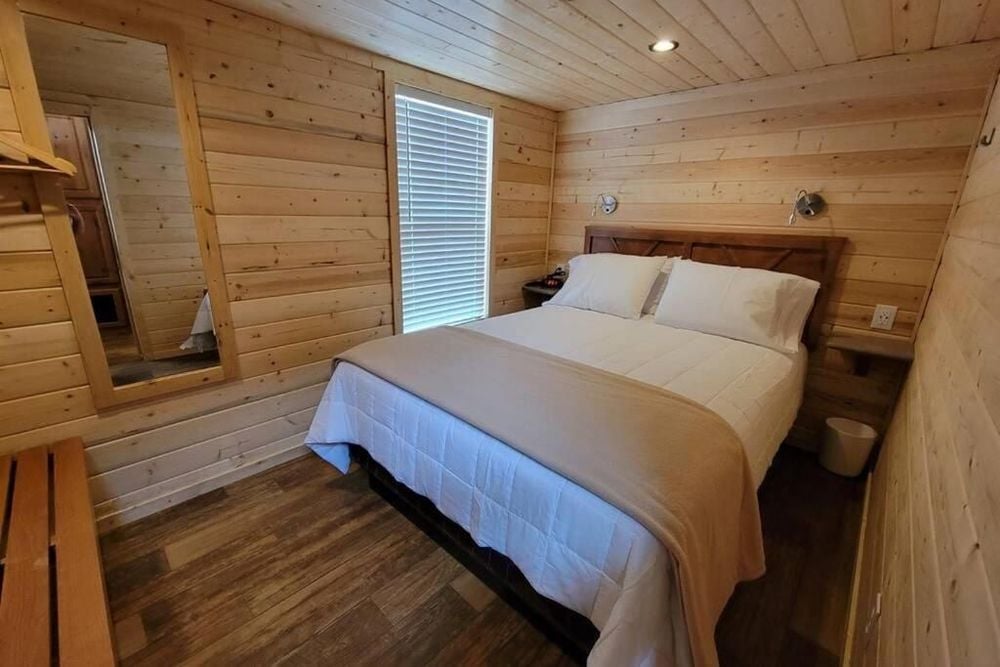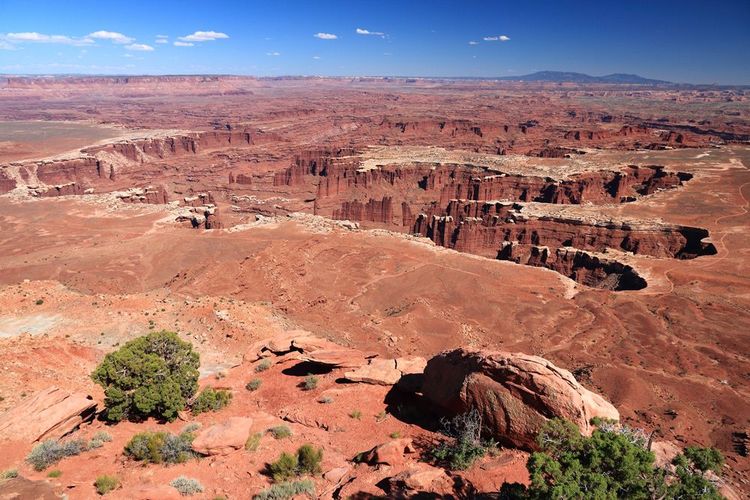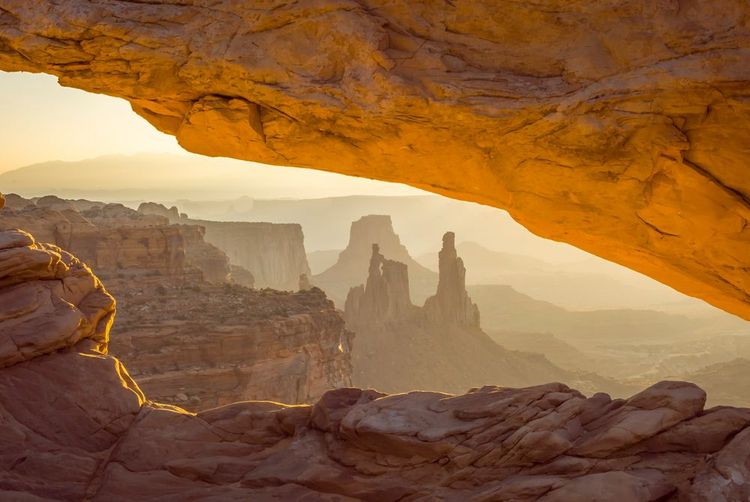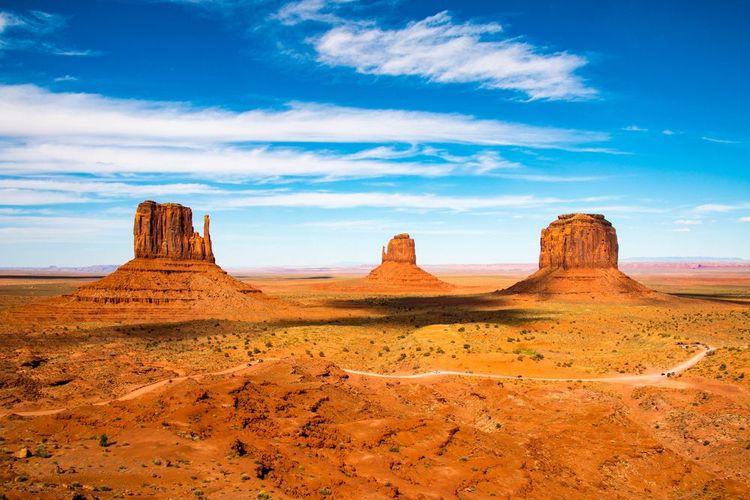The Canyonlands are one of the last truly wild corners of the United States. It's a place where you can literally lose yourself. This canyon aspires to independence and freedom with an infinite horizon. This canyon is a real challenge for adventurers and nature lovers.
The history of Canyonlands goes back billions of years. Various nomadic peoples crossed the south-west after the last Ice Age. The two main prehistoric cultures to have originated in the south-west were the Frémont and Ancestral Puebloans.

